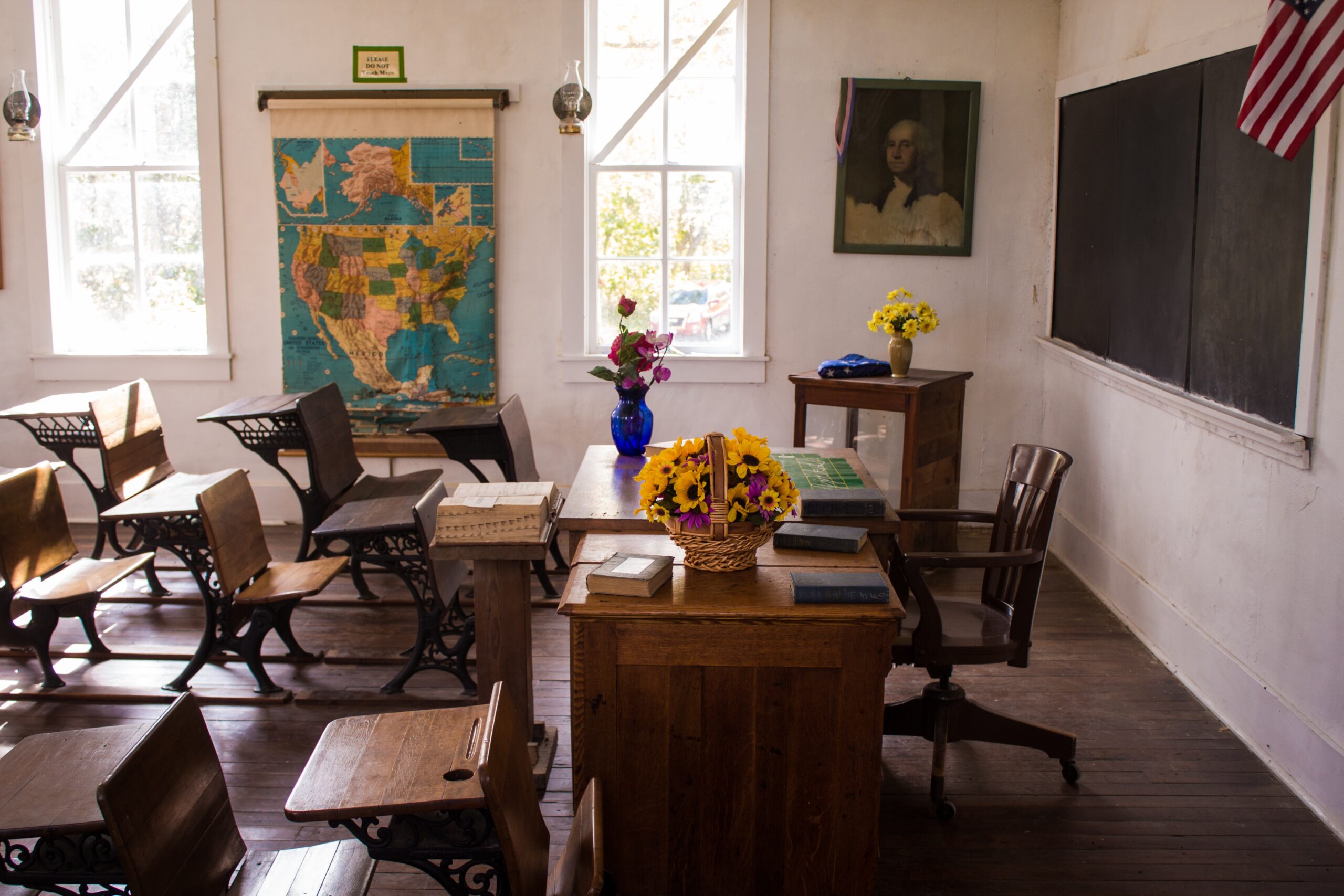At its heart, creative facilitation is not just about guiding a group through a process; it’s about unlocking the latent potential, creativity, and insight within each individual. Through a mix of art, imagination, and structured dialogue, creative facilitation goes beyond traditional methods to yield profound outcomes.
Principles of Creative Facilitation:
- Inclusivity and Equal Voice: Every participant, regardless of their background or status, should feel heard, valued, and empowered to share their perspective.
- Safe Environment: A creative facilitator cultivates a space where individuals feel safe to express themselves, take risks, and share openly without fear of judgment.
- Flexibility: The process must adapt to the needs of the group, allowing for organic growth and changes as the session unfolds.
- Active Listening: This emphasizes truly hearing and understanding participants’ viewpoints, ensuring they feel recognized and validated.
- Stimulating Creativity: Using tools like art, music, drama, or storytelling, facilitators encourage participants to think outside the box and explore new avenues of thought.
- Reflective Practice: Facilitators encourage participants to reflect on their experiences, insights, and learnings, promoting deeper understanding and growth.
The Power of Creative Facilitation: Research Insights:
- Youth Groups: According to a study published in the Journal of Youth Development, creative facilitation techniques, especially when involving artistic expression, helped youths articulate their emotions, aspirations, and challenges more vividly. This not only bolstered their self-esteem but also fostered a stronger sense of community.
- Nonprofit Organizations: A report by the Center for Creative Leadership emphasized that creative facilitation in nonprofits led to more innovative solutions, especially in strategy and program development. Participants were more engaged, collaborative, and came up with out-of-the-box ideas.
- Communities Undergoing Change: In communities facing transitions or challenges, creative facilitation acts as a bridge. A study in the Community Development Journal showcased how such facilitation methods, especially when integrating local arts and culture, were pivotal in rallying communities together, shaping shared visions, and devising actionable, community-centric strategies.
Creative facilitation is not merely a technique; it’s a transformative approach that amplifies voices, fosters understanding, and paves the way for collective, innovative action. For youth groups, nonprofits, and communities, it’s a beacon that lights the path to positive change, unity, and holistic growth.
Photo by Jeffrey Hamilton on Unsplash

